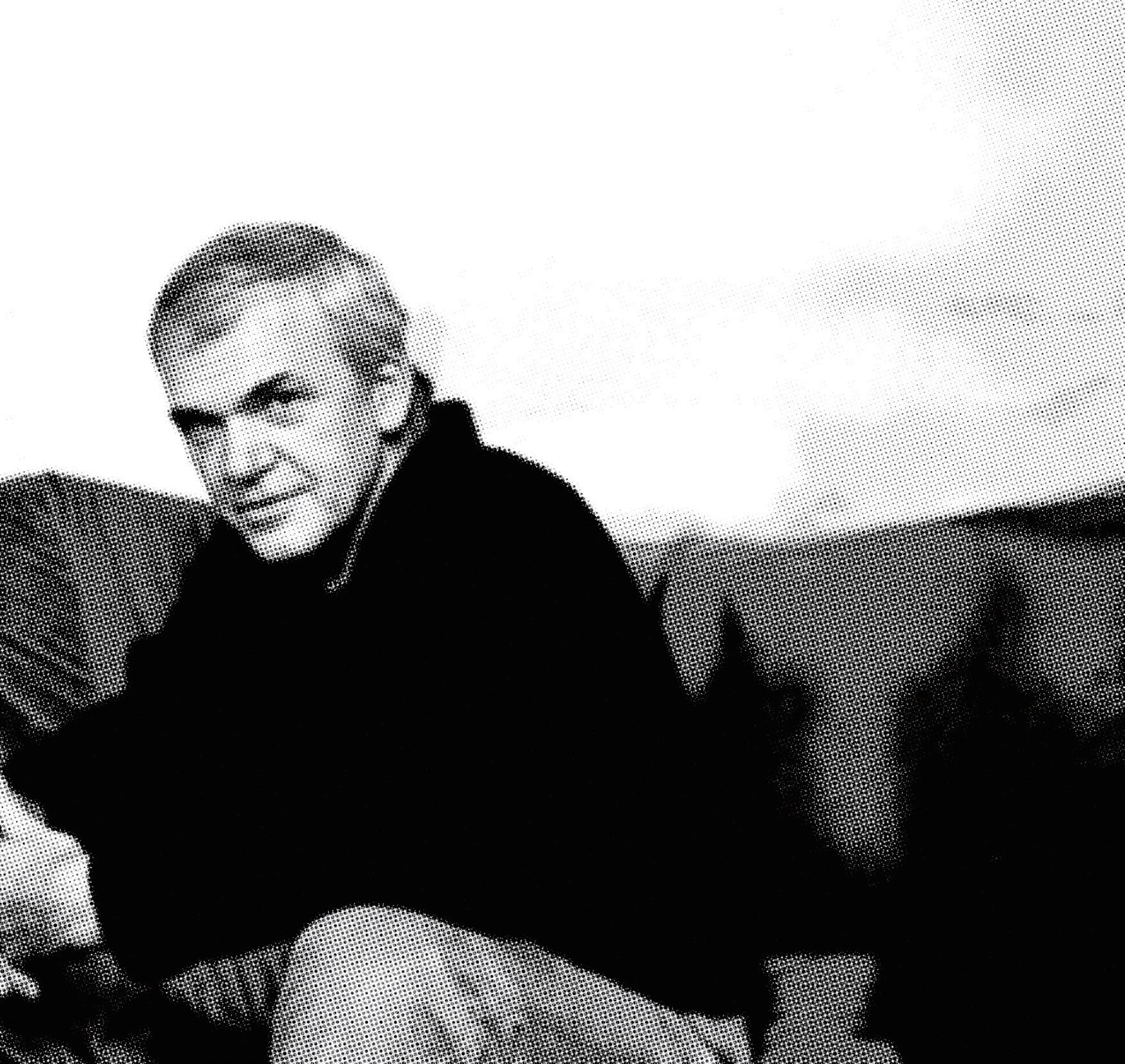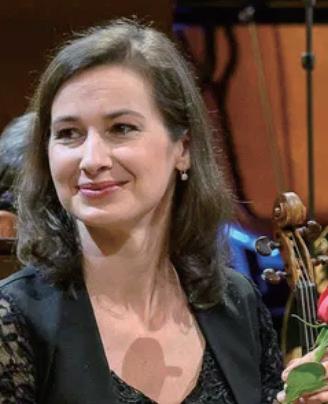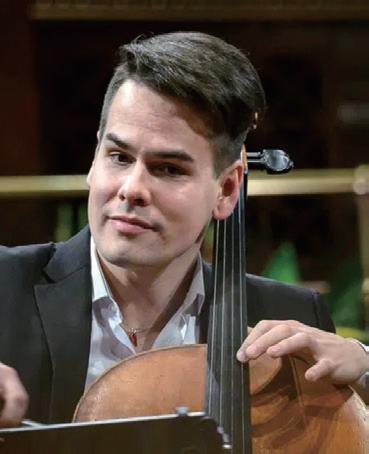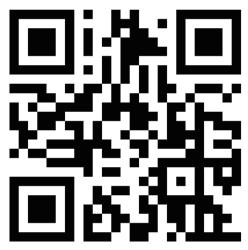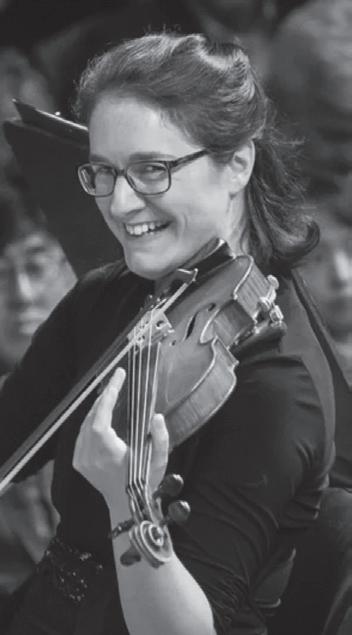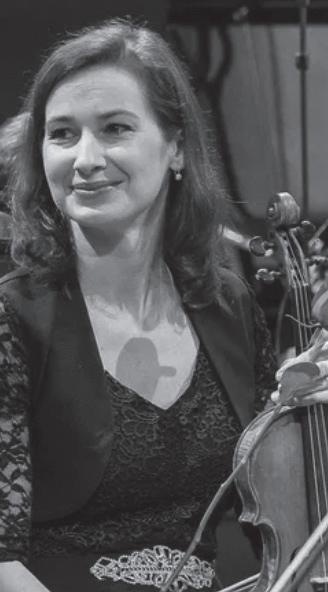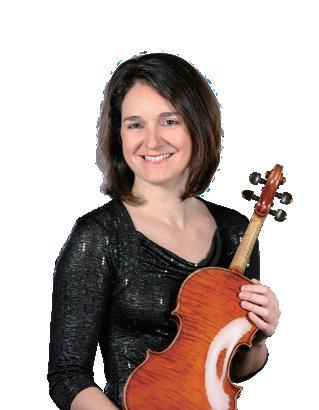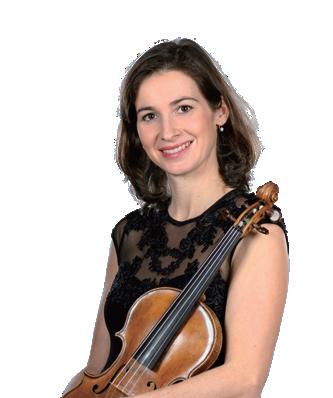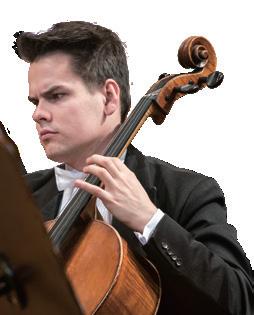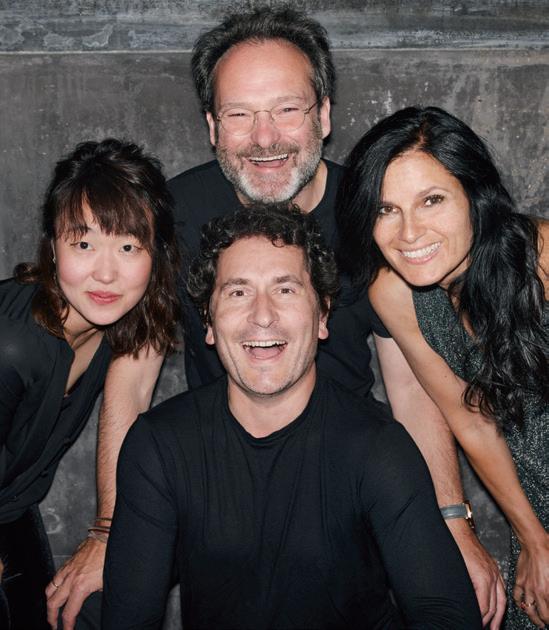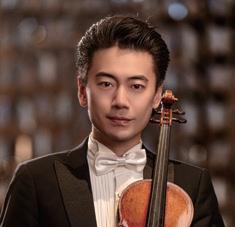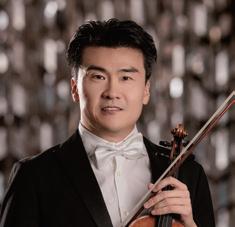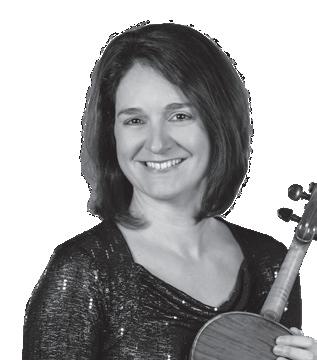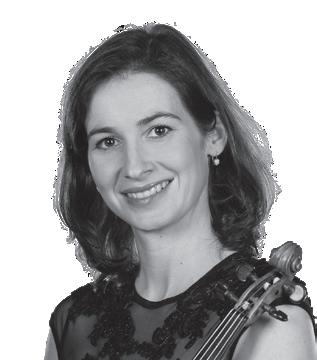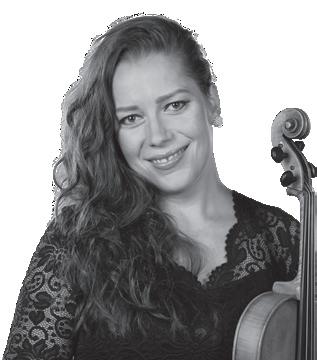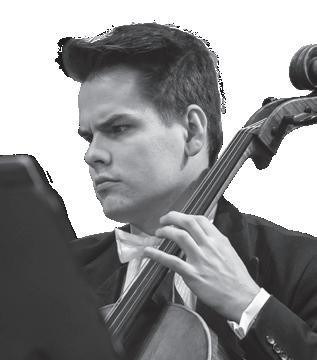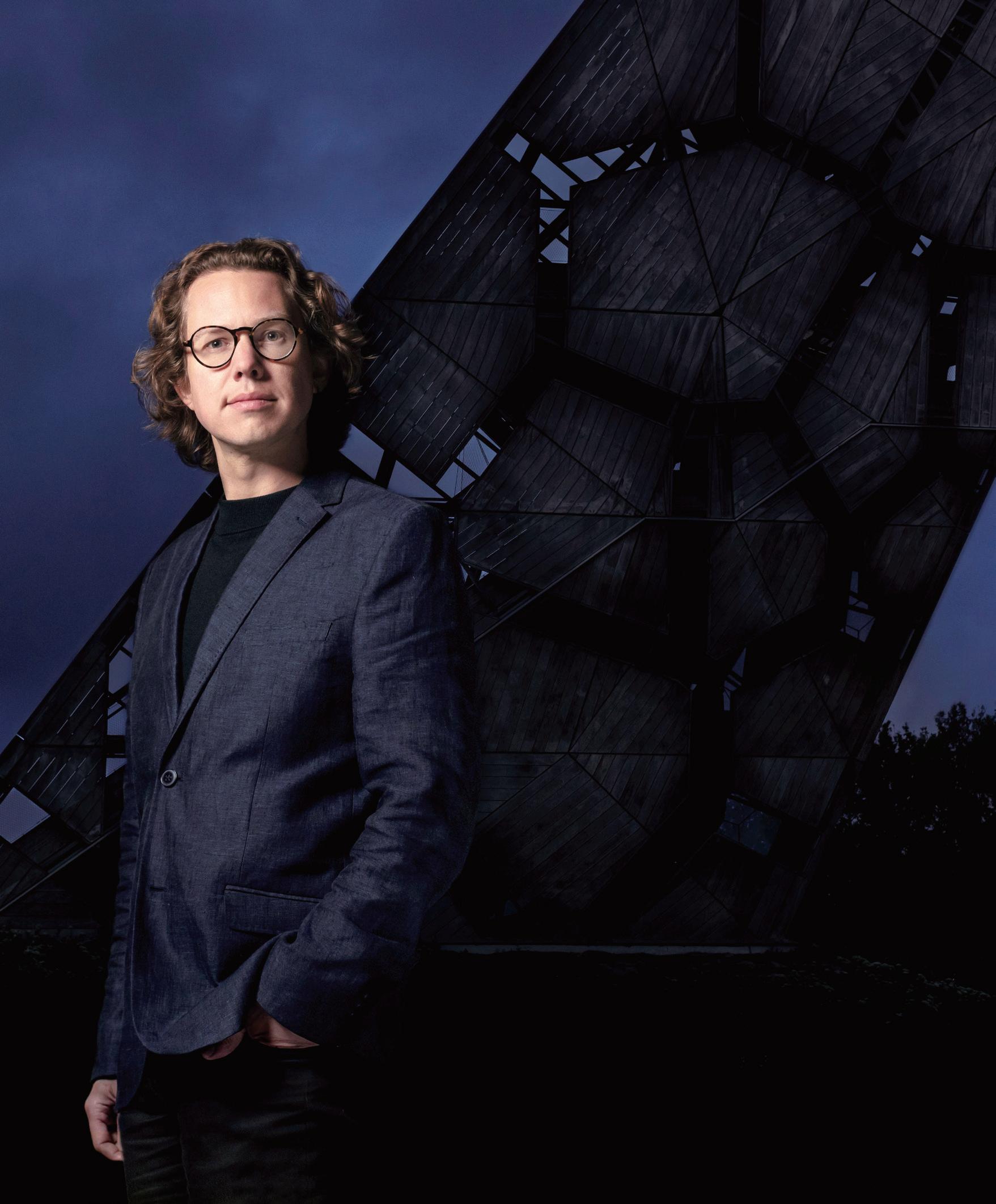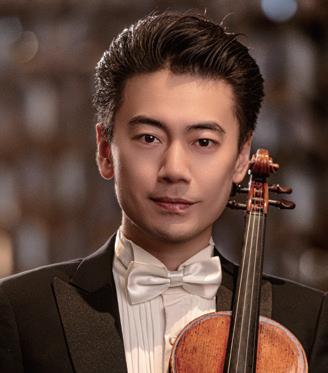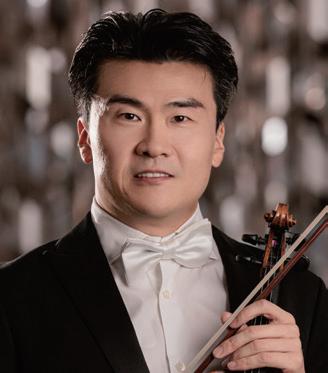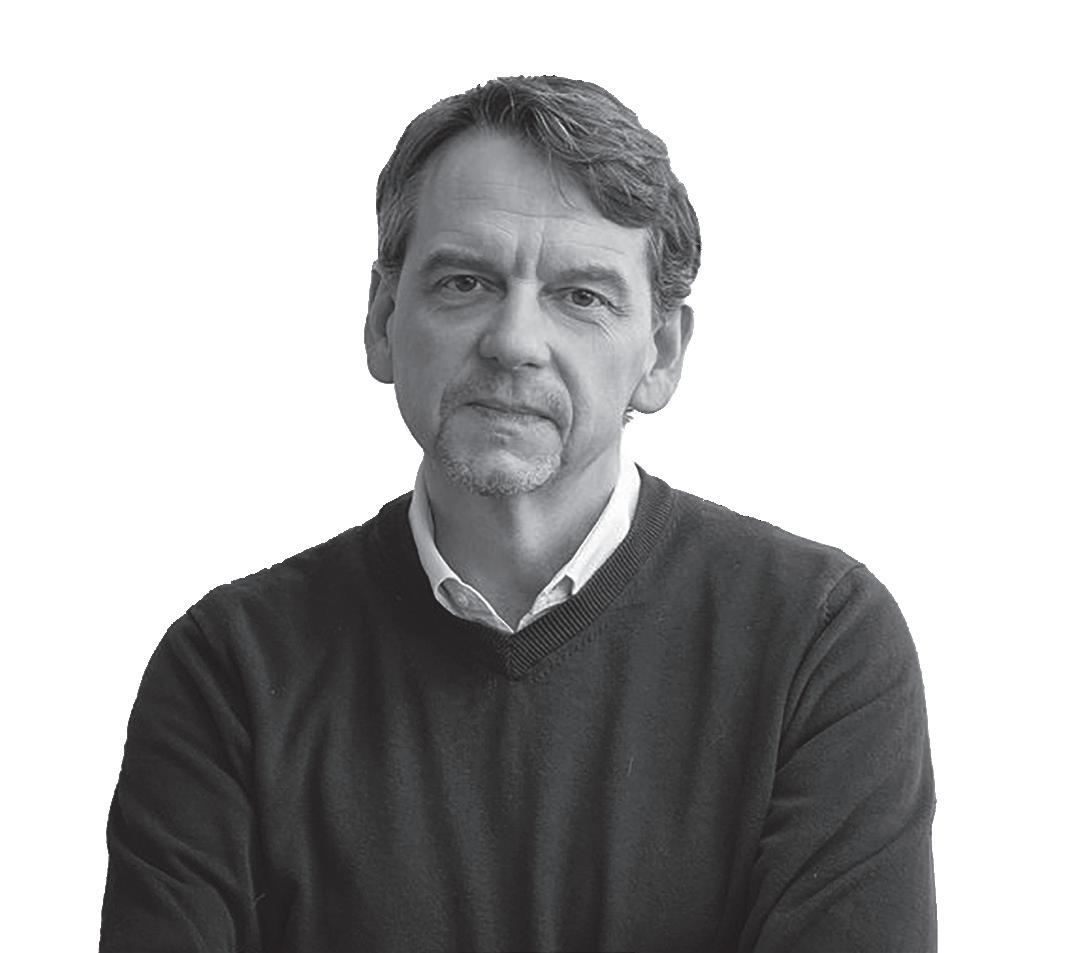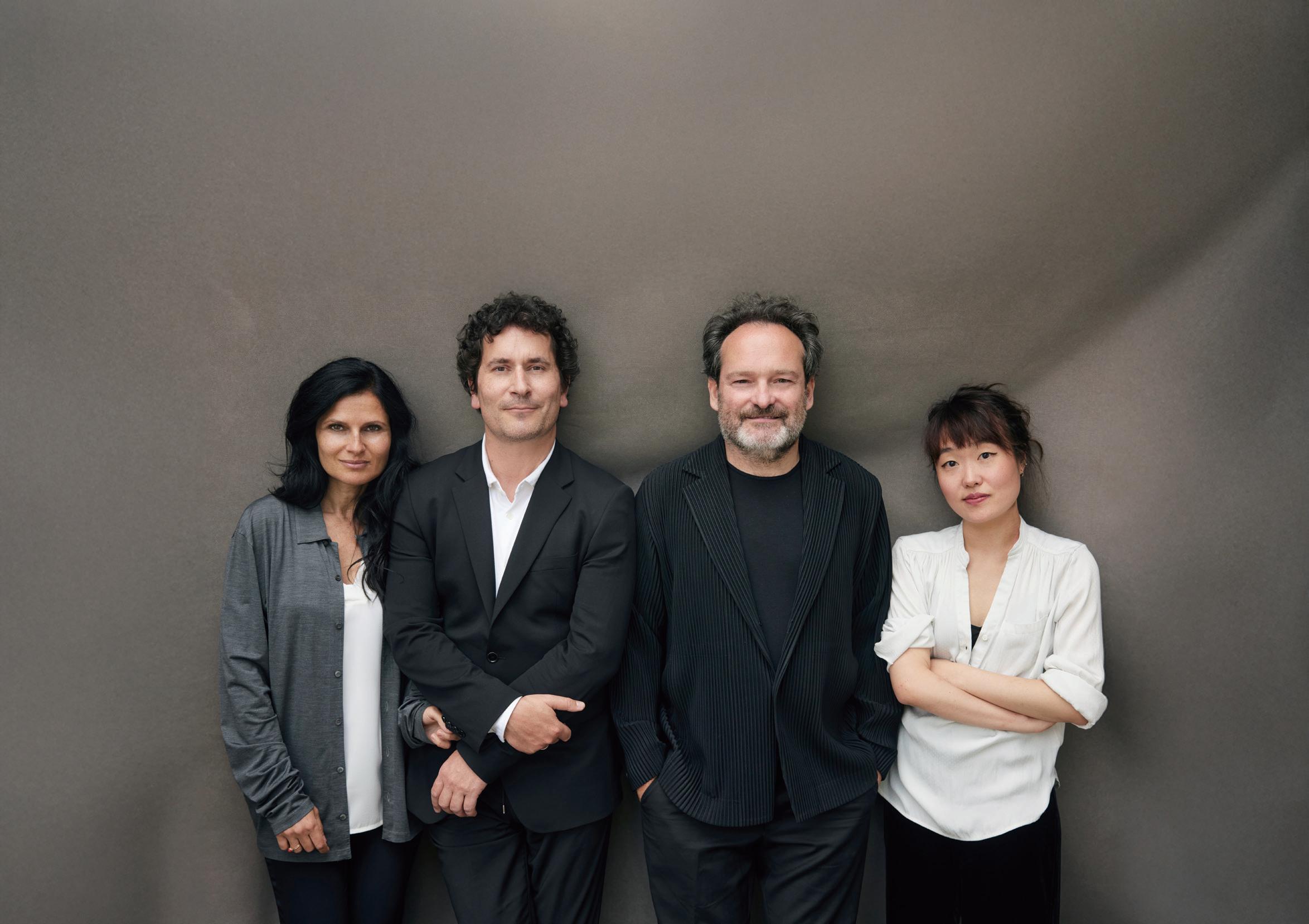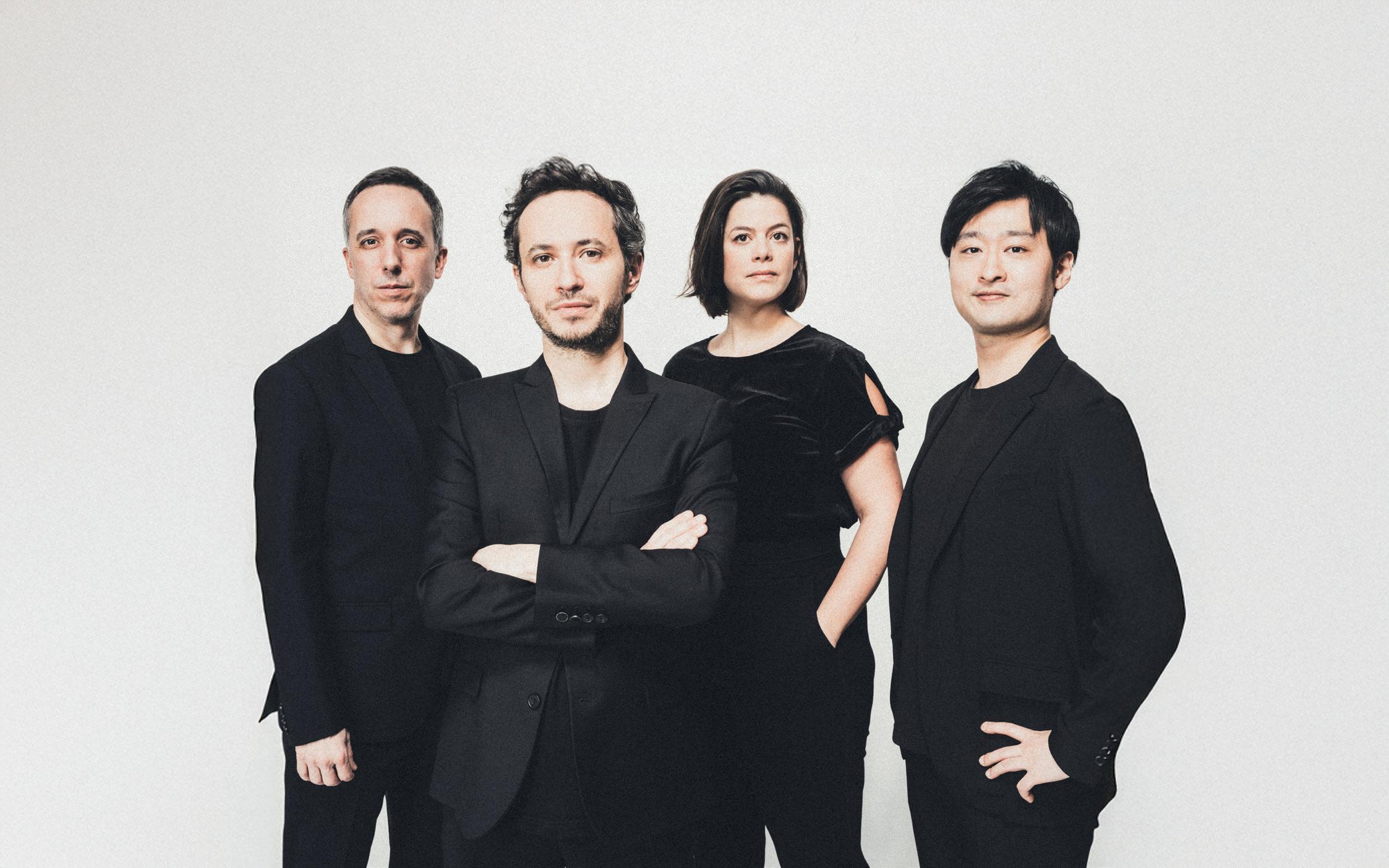Welcome to the Grand Hall
Thank you for coming to this HKU MUSE event. To ensure that everyone enjoys the music, please switch off your mobile phones and any other sound and light emitting devices before the performance. Unauthorised photography and audio/video recordings in the Hall are prohibited. Enjoy the concert and come again.
Presented by
Supported by
Follow us
“The idea of eternal return is a mysterious one, and Nietzsche has often perplexed other philosophers with it: to think that everything recurs as we once experienced it, and that the recurrence itself recurs ad infinitum! What does this mad myth signify?
Putting it negatively, the myth of eternal return states that a life which disappears once and for all, which does not return, is like a shadow, without weight, dead in advance, and whether it was horrible, beautiful, or sublime, its horror, sublimity, and beauty mean nothing.”
The Unbearable Lightness of Being
Milan Kundera
Czech Philharmonic Principals Quartet
Irena Jakubcová, violin | Petra Brabcová, violin
Eva Krestová, viola | Václav Petr, cello
22 MAR 2025 | SAT | 8PM
Grand Hall, The University of Hong Kong
Music in Words Kundera & Beethoven
Prof. Daniel Chua, speaker
Chair Professor of Music, HKU
BEETHOVEN
String Quartet No. 16 in F major, Op. 135
Allegretto
Vivace
Lento assai, cantante e tranquillo
Grave, ma non troppo tratto – Allegro
JANÁČEK
String Quartet No. 1, 'Kreutzer Sonata'
Adagio – Con moto
Con moto
Con moto – Vivo – Andante - Adagio
Con moto (Adagio) – Più mosso
Irena Jakubcová violin
Irena Jakubcová began her violin studies at the age of five. She continued her studies at the Pilsen Conservatory and the Academy of Performing Arts in Prague where she received her Master's degree. In 1997, Jakubcová represented the Czech Republic in the European Union Youth Orchestra's tour of Europe under Bernard Haitink; and in 1999, she participated in the Académie de musique du XX e siècle in Paris, studying with Pierre Boulez and the International Contemporary Ensemble.
During Summer courses in Semmering, Austria, she won the Bohuslav Martin ů , Leoš Janá č ek, and Béla Bartók prizes for her outstanding violin sonata interpretations. Following winning first prize in 2000 at the Czech Conservatories Competition, Jakubcová received in 2001 a SocratesErasmus scholarship to study with Professor Vladimir Malinin in Weimar.
A member of the Martinů Quartet between 2007-2010, Jakubcová has been a member of the PKF – Prague Philharmonia since 2003 with whom she often appears as soloist. Since 2012, Jakubcová has served as Associate Concertmaster of the Czech Philharmonic with whom she has also appeared as a soloist including in a concert celebrating the centenary of Czech composer Vítězslava Kaprálová, conducted by Jakub Hrůša.
Petra Brabcová violin
Second violin section leader of the Czech Philharmonic, Petra Brabcová studied violin at the Prague Conservatory, the Academy of Performing Arts in Prague, and Michigan State University in the USA. Over the years, she has won many international competitions including Beethoven's Hradec, the American String Teachers National Solo Competition, Henri Marteau International Violin Competition, and Prague Spring where she received the 2010 Josef Suk Award.
A former member of PKF – Prague Philharmonia (2010-2014), Brabcová is an active chamber performer. As part of the Orbis Trio, she has won, amongst many other international competitions, including the Czech Chamber Music Society Award (2010).
Eva Krestová viola
Eva Krestová studied violin at the conservatories in Brno and Prague before continuing her education at the Academy of Performing Arts in Prague under Professor Jind ř ich Pazdera. A passionate chamber music performer, she has also studied with members of renowned ensembles such as Niklas Schmidt of Trio Fontenay, Professor Jerry Horner of Fine Arts Quartet, Joshua Gindele of the Miró Quartet, and Ivan Klánský of Quarneri Trio Prague. Recipient of numerous international chamber music competition awards, Krestová plays viola with the Puella Trio and the Josef Suk Piano Quartet with whom she regularly performs at leading international festivals and concert venues. Krestová was a former member of the Gramophone Award winning Pavel Haas Quartet with whom she toured to New York's Carnegie Hall, London's Wigmore Hall, Munich's Herkulessaal, and the Louvre in Paris. She has appeared as soloist for ensembles such as Virtuosi Italiani, the Prague Chamber Orchestra, the Pilsen Philharmonic Orchestra, Czech Virtuosi, and the Moravian Chamber Orchestra.
First violist of the Prague Chamber Orchestra between 2013-2015, Krestová is currently the viola section leader of the Czech Philharmonic.
Václav Petr cello
Václav Petr became one of the Czech Philharmonic's youngest Concertmasters when he was appointed to lead the cello section at the age of 24. A graduate of the Music Academy of Performing Arts in Prague, he continued his studies with Wolfgang Boettcher at the Universität der Künste in Berlin, the European Music Academy in Bonn, and as part of Marie Kliegel's class at the International Holland Music Sessions. In 2015, Petr completed the Carl Flesch Academy masterclasses performing solo with the Baden-Baden Philharmonic.
Petr is a passionate chamber musician and has been a member of the Josef Suk Piano Quartet since 2009 with whom he has won many prestigious competitions including the Premio Trio di Trieste. As a soloist, he has been performing since the age of 12 including performances with the Czech Philharmonic, Prague Radio Symphony Orchestra, and PKF – Prague Philharmonia.
A recipient of several European competition awards, Petr is the winner of the 70 th Prague Spring Competition and Talents for Europe, and was the semi-finalist of the Grand Prix Emanuel Feuermann. He plays a 1757 'Teschenmacher' cello by Giovanni Battista Guadagnini's workshop on loan from a private collection.
Jing Wang, violin
Andrew Ling, viola
Wang Liang, violin
Richard Bamping, cello
SHOSTAKOVICH String Quartet No. 8, Op. 110
BEETHOVEN Piano Concerto No. 4 (arr. for piano & string quintet)
LUDWIG VAN BEETHOVEN
(1770-1827)
String Quartet No. 16 in F major, Op. 135
Beethoven was not able to see the performance of his last quartet. Before the F major quartet (completed in October 1826) was published by Maurice Schlesinger (1798–1871) in September 1827 and later performed by the Schuppanzigh Quartet in March 1828, the ever-struggling composer had already succumbed to the common fate of every mortal. That was his final, once-in-a-lifetime Es muss sein ('It must be'), one that cannot be resisted, reversed, and repeated.

The heading and mottos on the final movement of Beethoven's final quartet have been one of the greatest enigmas in music history: 'The Weighty Decision: Must it be? It must be!' What was the decision about, and what did Beethoven resolve to do? According to the publisher Schlesinger, it is about the composition of the quartet itself. According to Karl Holz (1798–1858), the second violinist of the Schuppanzigh Quartet, the weighty question and answer initially arose as nothing but a light joke. Beethoven asked the music patron Ignaz Dembscher (ca. 1776–1838) for fifty florins as a retrospective subscription fee of the Schuppanzigh concerts in exchange for the parts of his Op. 130 string quartet. 'Muss es sein' Dembscher asked. Beethoven answered with a four part-canon on the text: 'Es muss sein! Ja, ja, ja, ja! Heraus mit dem Beutel! [It must be! Yes, yes, yes, yes! Take out your wallet!]'
This hilarious canon was composed in July 1826, but a heavy time for Beethoven soon followed. On the 29 th , his nephew Karl (1806–1858) attempted suicide in the ruins of Rauhenstein Castle with two pistols, resulting in a six-week hospitalisation. Fortunately, Karl's Es muss sein turned out to be Es konnte auch anders sein ('It could also be otherwise'), or vice versa. Beethoven, an authoritarian fatherly figure who believed himself
to have done everything for his nephew's own good, eventually allowed Karl to join the Austrian army. To thank the Baron Joseph von Stutterheim (1764–1831) for securing Karl a place in his regiment, Beethoven decided that he 'must' dedicate to the Baron his Op. 131 quartet, which he had intended for his friend Johann Nepomuk Wolfmayer (1768–1841), a textile merchant and music enthusiast. In compensation for this Es muss sein , Beethoven dedicated Op. 135, his next and last quartet, to Wolfmayer.
In his final piece of quartet, Beethoven returned to the classical fourmovement form after exploring other possibilities with his Opp. 130, 131, and 132, only swapping the order of the slow movement and the scherzo. The piece opens with the viola and cello addressing a deep and heavy question, one probably about fate. But instead of his usual struggle, Beethoven responds to it with light humour—an ornamented and accented upbeat staccato in the violins. The dialogue between the weighty and the light continues to unfold through the lighthearted scherzo , which is interrupted occasionally by a fate-knocking-on-the-door figure. The third movement, melancholically beautiful and moving, expresses a sense of peaceful acceptance with its requiem-like music. In the slow introduction of the finale, the heavy question arises once again in the form of the Muss es sein motto, but the cheerful Es muss sein in the Allegro lifts all gravity from the question. Once the difficult decision is made, everything seems to become easy. The question is weighty, the answer is light.
String Quartet No. 1, 'Kreutzer Sonata'
Never have music and literature been so intertwined as in Leo Tolstoy's (1828–1910) Kreutzer Sonata . The novella was inspired by Beethoven's 'Kreutzer' Sonata and in turn inspired Janáček's 'Kreutzer Sonata' Quartet, which in turn inspired musicologist and writer Margriet de Moor's (b. 1941) Kreutzer Sonata.
In Tolstoy's novella, music is not a mere background element that helps portray the characters or establish the atmosphere, but a major plot driver. The story unfolded as the middle-aged nobleman Pozdnychev shared his philosophy about sexual relationship by recounting his broken marriage on a train. Pozdnychev and his wife were intimate in flesh yet estranged in soul. They resented each other, barely maintaining their relationship with sex—a situation he found contemptible. Pozdnychev's Es muss sein occurred when he, driven by an irresistible rage fueled with jealousy and a sense of betrayal, murdered his wife; he fanatically believed that his wife, while he was away for work, committed adultery at home with his friend Troukhatchevsky, a violinist who had performed Beethoven's 'Kreutzer Sonata' during a social gathering with his wife accompanying on the piano. Music, according to Pozdnychev, was a crucial catalyst of the adultery: 'There was a bond between them, music—the most refined form of sensual voluptuousness.'
While Tolstoy's Kreutzer Sonata presents the story solely from the husband's perspective, erasing the wife's will together with her name, Janá č ek's 'Kreutzer Sonata' Quartet restores the wife's subjectivity by making her the heroine, expressing her suffering on her behalf. In a 1924 letter to Kamila Stösslová (1891–1935)—a married young woman whom he loved as a married old man—Janáček revealed that when he wrote the quartet in 1923, he 'had in mind a miserable woman, suffering, beaten, wretched, like the great Russian author Tolstoy wrote about in his Kreutzer Sonata.' According to the nameless musicologist in Moor's Kreutzer Sonata, who provided a detailed programmatic analysis of the quartet in the novel, what Janáček had in mind was 'a fatal psychological drama that no earthly power could bring to a halt.'
Each of the four movements of the quartet is composed of multiple thematic motives with different modal inflections. Opening in E minor, the
first movement expresses the emotional distress of the tragic wife, who still harbours a silver of false hope, represented by the Vivo in E major. The charming violinist Troukhatchevsky appears in the second movement, in which Pozdnychev's unsettling nerves can be heard through the sul ponticello tremolo. As the passion between Troukhatchevsky and the wife intensifies, the third theme gets faster in each appearance, finally subsiding after reaching the climax. In the third movement, the wife is confronted with Pozdnychev's jealousy exploding in demisemiquavers, which leads to the tragedy in the final movement. The opening theme returns. Consumed with fear, the wife struggles to stop the blow of the dagger, albeit in vain. The music draws a cathartic conclusion with her last breath in A–flat minor.
Programme notes by
Sheryl Chow MPhil in Musicology, HKU PhD in Musicology, Princeton University
